Are Range Rovers considered luxury?
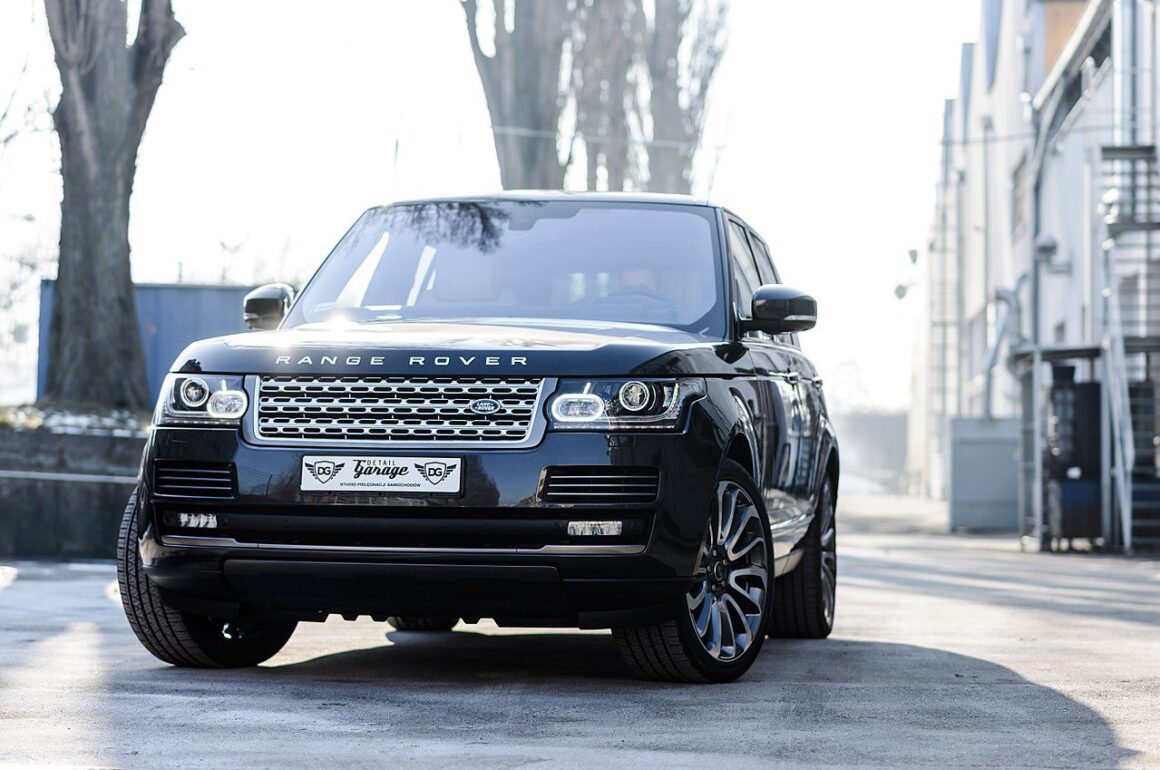
The proverb says not to judge a book by its cover – the same is true of the class of a car, which should not be rashly prejudged. The attractiveness and status of a given car depends largely on the country in which it is located, and at the same time the country of origin. In Poland, an ordinary American cruiser, which is a common D-segment car in the US, may inspire much more admiration than a European equivalent of the same class. An example is the Ford Mustang, which in the United States is not synonymous with luxury or sport – just a mere splinter of the former glory of muscle-cars from the 1960s and 1970s. And are Range Rovers considered luxury? Of course, but it’s worth finding out what’s behind it. The Range Rover is a completely different pair of calicoes – or rather, two pairs of tires. British Land Rover’s model lineup since the 1970s has made its way from the mid-range car segment, through the upper class, until – indeed – it found its way into luxury cars.
Are Range Rovers considered luxury?
Often seen on the streets and deceptively similar – Land Rover and Range Rover. No wonder, because although they are two separate brands, the manufacturer is invariably British Land Rover. Range Rover is a model line that began to be created in the 1960s by engineers Gordon Bashford and Spen King. Bashford and King wanted to create a car that would combine the advantages of an off-road vehicle with the travel comfort of a traditional passenger car.
Are Range Rovers considered luxury? – if so, what determined that?
After all, we know that previously Land Rover focused exclusively on off-road vehicles. There is probably no film about Africa and other corners of the Earth with extremely difficult off-road conditions in which we would not see the famous Defender. As a “Brit,” among other things, it had to appear in a series of James Bond films.
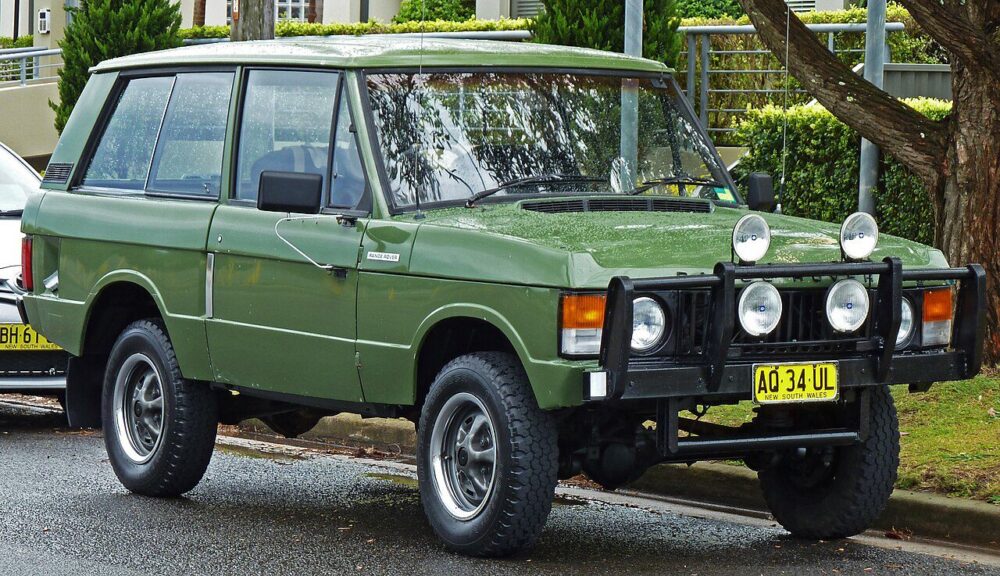
The first Range Rover prototype was developed in 1967. Land Rover engineers disguised it under the code name “Velar” – from the Italian “velare,” which literally means “hidden.” Velar remained “velare” for 25 more prototypes, as a total of 26 were made by the British. After three years, the first Range Rover model was presented to the world. The vehicle was exactly what its creators intended it to be – versatile. The first Range Rover had permanent four-wheel drive, a two-piece tailgate and a distinctive body line that harkened back to traditional Land Rover models. However, there was something about it that made it a living legend on the road very quickly – primarily on the road, since it was the prototype of the SUV, but it also handled quite well on the roadless. Anyway, the photographs very well show the still somewhat crude character of this car. Subsequent generations looked less and less “off-road” and more and more “urban.” The level of luxury, both internally and externally.
After 11 years of successfully conquering the market, the Range Rover Classic was refreshed in a five-door version, making it more attractive as a vehicle for families, which at the time could still be very numerous. The exterior, on the other hand, did not change much.

The 1994 Range Rover. A pass to the luxury class SUV segment
Another breakthrough in the history of Range Rover was the second generation of this model (P38A). When you look at it, you can already see a leap up a shelf – into the segment of the high-end cars. Range Rover then gets rid of its off-road past almost definitively, although something of the Land Rover Defender of those years still remains. The similarities are visible to the naked eye. Nevertheless, in essence they are already two completely different cars.
Engineers retained the second generation’s powerful body and large capacity engines in two versions: a 4.0-liter V8 and a 4.6-liter V8. Later, a more economical 2.5-liter diesel engine of the design was added to the range of power units. BMW, which allowed the vehicle to be better adapted to the needs of different customers.
The interior of the second-generation Range Rover was designed with comfort and luxury in mind. High-quality materials such as leather and wood were used, and advanced technologies were introduced, at the time even raising the standard in the high-end SUV segment, which Range Rover became after 1994. By the mid-1990s, Range Rover was already owned by BMW, which continued to develop the brand. There was even a prototype SUV with a V12 engine from the BMW 7 Series, but ultimately did not enter production.
Production of the second-generation Range Rover continued until 2002, when it was replaced by the third-generation model. The P38A played a key role in solidifying Range Rover’s position as synonymous with luxury and versatile SUVs, combining elegance with unparalleled off-road capabilities. To this day, the Ranger Rover II is still treasured by collectors and especially brand connoisseurs.
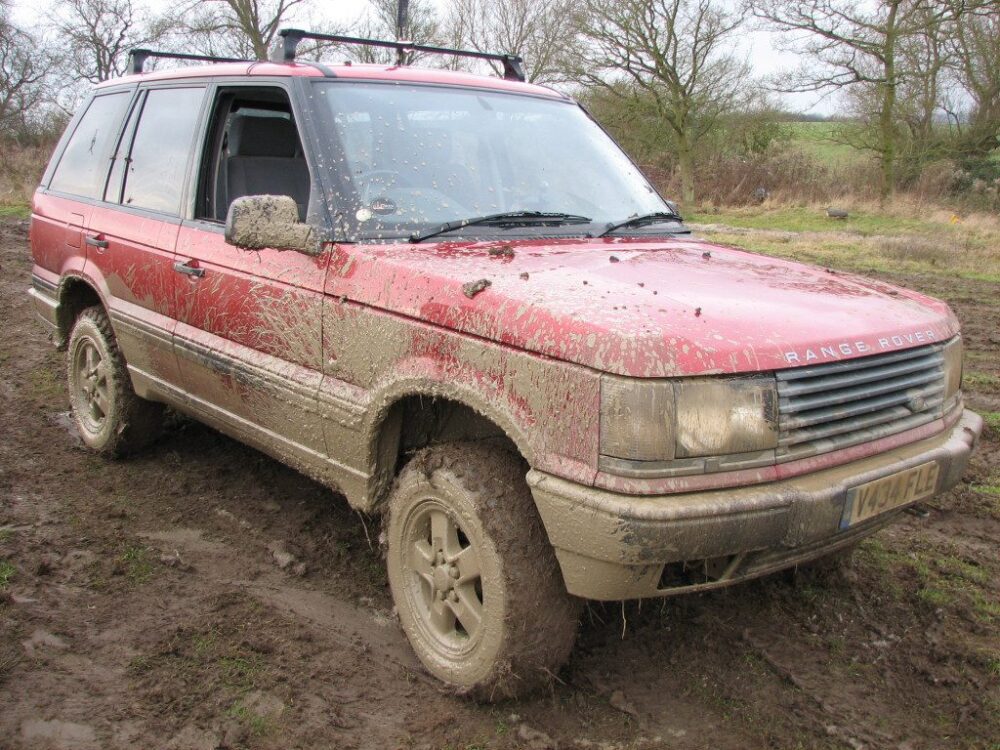
Range Rover third and fourth generation
The Range Rover III is perhaps the brand’s best-known luxury SUV model. The third generation has taken the top class by storm SUV -of the F-segment. In addition to luxurious finishes, this model is saturated with technology – including advanced navigation systems and top-of-the-line audio and electronics installations. Innovations were also applied to the design itself, ensuring that the suspension gave a comfortable ride on both asphalt and unpaved potholes. The model was produced from 2002 to 2012, but the lineage of this car can be seen even in contemporary Range Rovers.
The fourth generation of the Range Rover was already dripping with luxury. The then latest model of the popular SUV was unveiled at the Paris Motor Show. It was the world’s first SUV with a body made entirely of aluminum, which allowed the vehicle’s weight to be significantly reduced by about 400 kg, thereby improving fuel efficiency. At the same time, Range Rover did not give up on powerful drive units. The weakest was a 3.0 TD V6 with 258 hp, and the most powerful was a 5.0 Supercharged V8 with 550 hp. All variants of the new Range Rover were equipped with an 8-speed transmission and inherent four-wheel drive. Despite its already emphatically luxurious nature and direct competition with the then Mercedes S-Class, the Range Rover still retained its off-road qualities, handling well beyond the asphalt surface. Here Mercedes was certainly lagging behind.
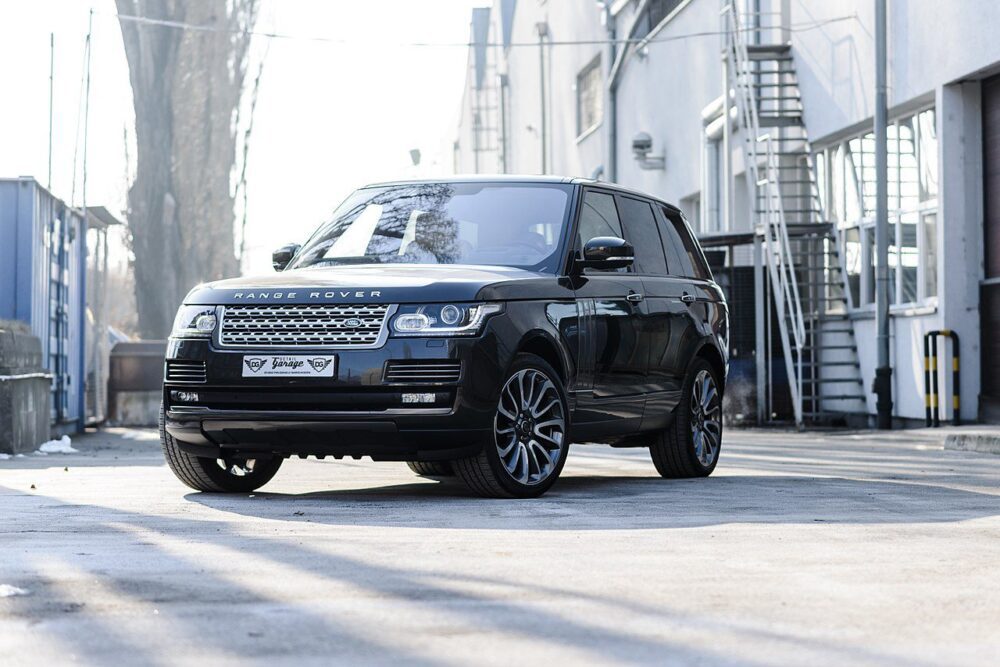
Range Rover today -. Rolex among SUVs
Since then, BMW has been “cutting its coupons,” as there has not been another Range Rover as significant as the fourth generation. Since then, the brand has been refreshing its existing output in the interim by presenting various unusual variations.
In 2005, the Range Rover appeared Sports, and later its latest version, the Range Rover Sport SV, which was billed as the fastest model in the brand’s history. Here the creators focused on classic luxury and off-road qualities, but with a touch of sportiness.
The Range Rover Evoque – the smallest of the family – also appeared on the market, and won praise for its compact dimensions, but while retaining everything that the fourth generation offers, enhanced, of course, by the latest advances in technology and design.
Finally, Range Rover has returned to its roots with the Velar model – named after the Range Rover Classic prototype from the 1970s. The Velar bridges the gap between the Evoque and Sport, creating a sort of hybrid of the two models. This model features a sleek silhouette and a modern interior, but also unbeatable performance.
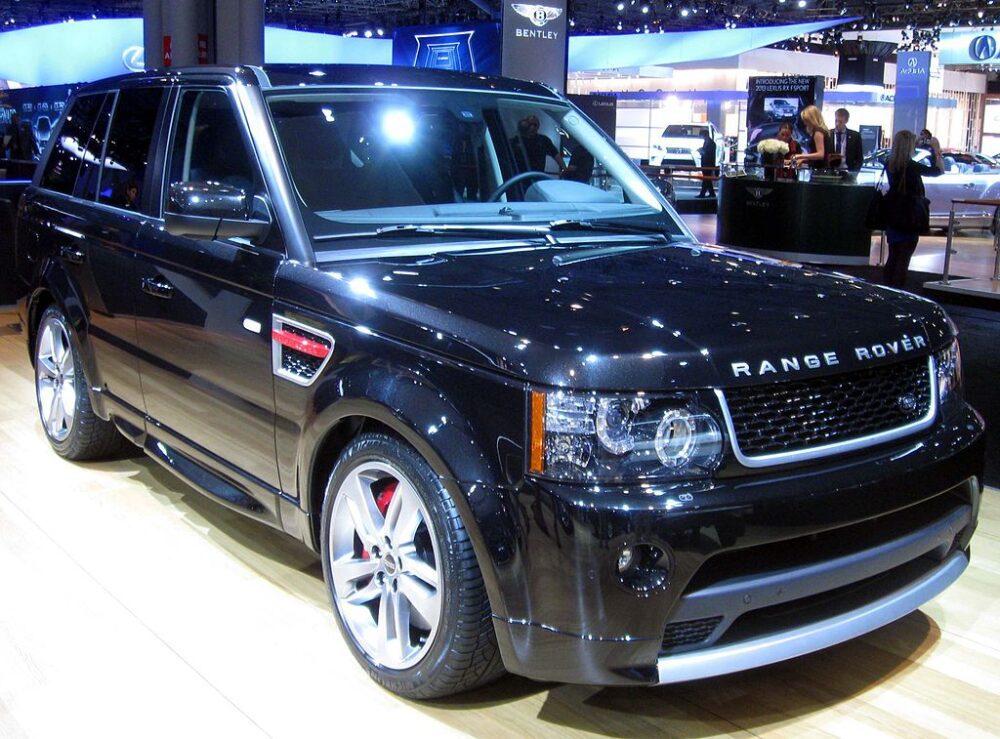
Are Range Rovers considered luxury?
In conclusion, yes! Range Rover is already as much as possible a car in the luxury car segment, which competes with brands such as Mercedes, Rolls-Royce and Bentley.


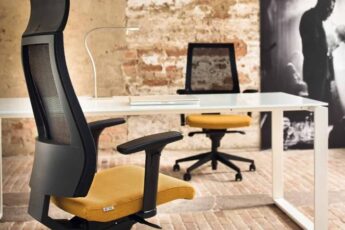
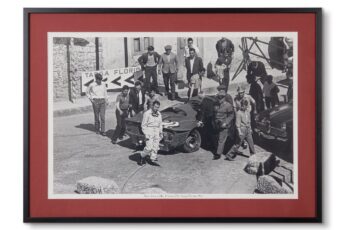
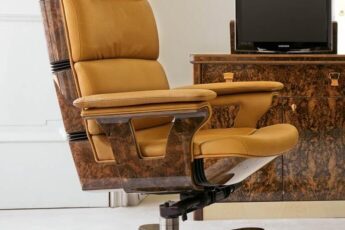
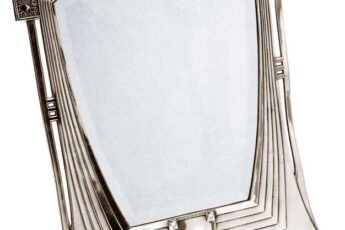
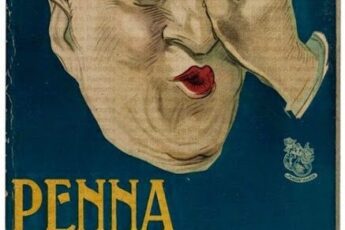
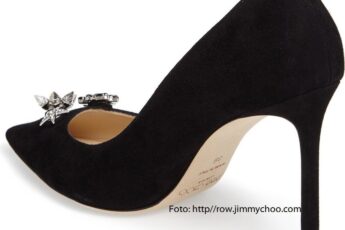
Leave a Comment